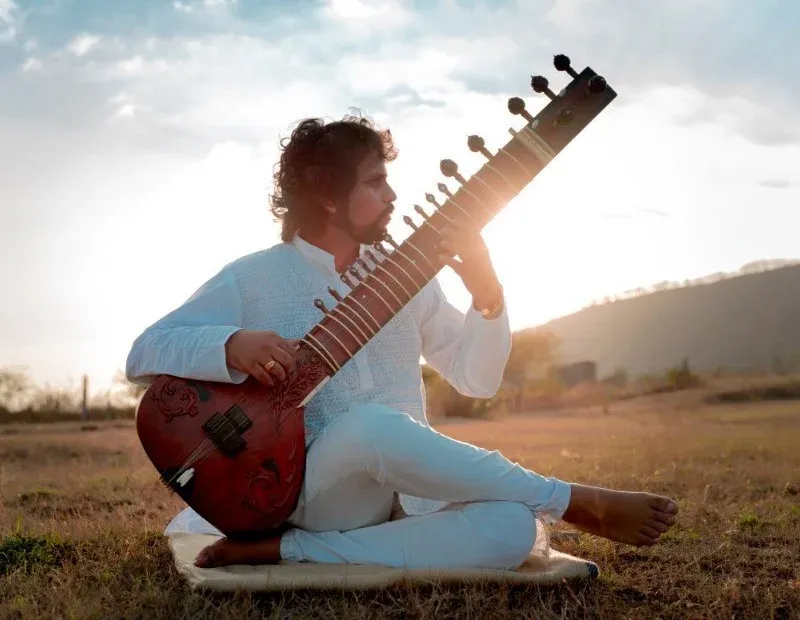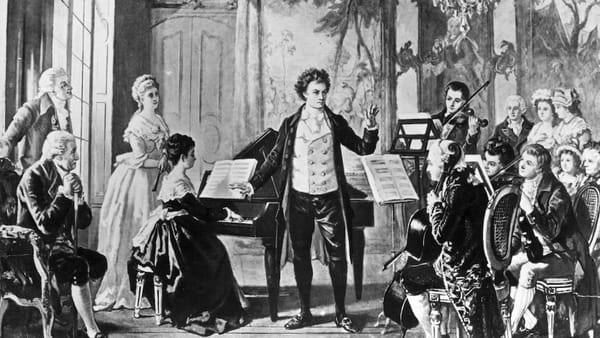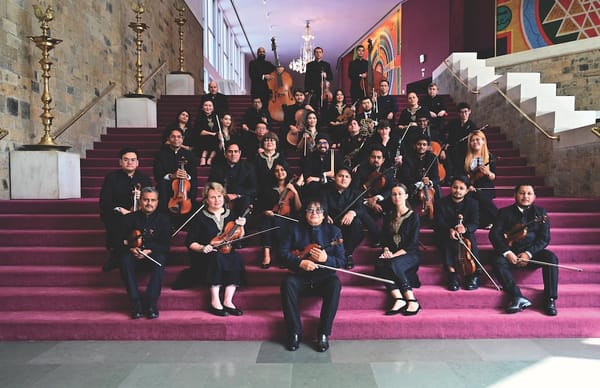Exploring the Symbolism in Indian Classical Music

Indian classical music is not just an auditory experience but a profound journey into the depths of cultural, spiritual, and emotional landscapes. This ancient tradition is steeped in symbolism, where every note, rhythm, and performance element carries deeper meanings and associations. The symbolism in Indian classical music enhances its expressive power and connects listeners to the rich heritage and philosophical underpinnings of this art form.
Ragas: Melodic Symbolism
At the heart of Indian classical music lies the concept of raga, a melodic framework designed to evoke specific emotions and moods (rasas). Each raga is associated with particular times of the day, seasons, and even specific deities, creating a symbolic tapestry that guides both the musician and the listener.
- Time and Season: Ragas are often linked to specific times of the day or seasons, symbolizing the natural cycle and its impact on human emotions. For example, Raga Bhairav is traditionally performed in the early morning and is associated with a sense of devotion and solemnity, reflecting the tranquility and freshness of dawn. Raga Megh, on the other hand, is linked to the monsoon season and evokes the imagery of rain and the rejuvenation it brings.
- Emotional States (Rasas): The theory of rasas in Indian aesthetics outlines nine primary emotions that art can evoke: love, joy, wonder, peace, anger, courage, sadness, fear, and disgust. Each raga is designed to express one or more of these emotions. For instance, Raga Desh is known for its ability to evoke feelings of romance and longing, while Raga Darbari Kanada is associated with a deep, meditative mood.
- Mythological Associations: Many ragas are connected to stories from Indian mythology, adding layers of symbolic meaning. For example, Raga Kedar is named after Lord Shiva, who is also known as Kedar. The raga’s serene and majestic qualities are thought to reflect the divine attributes of Shiva.
Talas: Rhythmic Symbolism
The rhythmic structure in Indian classical music, governed by talas, also carries significant symbolic weight. Talas are cyclical patterns of beats that provide the temporal framework for a performance, each with its own character and mood.
- Cyclic Nature: The cyclical nature of talas symbolizes the eternal cycle of time, encompassing birth, death, and rebirth. This reflects the Indian philosophical view of life as a continuous, unending cycle.
- Numerical Significance: The number of beats in a tala can have symbolic meanings. For instance, the 16-beat cycle of teentaal is one of the most common talas and is considered balanced and complete. The complexity and interplay of beats within a tala can symbolize the complexity and interconnectedness of life.
- Spiritual Journey: Certain talas are specifically used for devotional music, symbolizing the spiritual journey. For example, the 8-beat cycle of adi tala is frequently used in Carnatic music for compositions that praise deities and express devotion.
Instruments: Symbolic Representations
The instruments used in Indian classical music are not merely tools for creating sound; they are imbued with symbolic significance, reflecting various aspects of Indian culture and spirituality.
- Sitar and Veena: The sitar and veena, stringed instruments, symbolize the human voice and the cosmic sound (Nada Brahma). The veena, in particular, is associated with Saraswati, the goddess of wisdom, music, and arts. Playing these instruments is seen as an act of devotion and a way to connect with the divine.
- Tabla and Mridangam: These percussion instruments represent the heartbeat and rhythm of life. The tabla, with its intricate finger techniques, symbolizes the dexterity and complexity of human experience, while the mridangam, with its deep, resonant tones, embodies the foundational rhythms of the universe.
- Bansuri (Flute): The bansuri, associated with Lord Krishna, symbolizes divine love and the soul’s yearning for union with the divine. Its sweet, melodious tones are said to mimic the human voice and evoke a sense of peace and devotion.
Performance and Presentation: Symbolic Elements
The performance of Indian classical music itself is a rich tapestry of symbolic elements, from the choice of attire to the rituals performed before and after the music.
- Attire and Stage Setting: Musicians often wear traditional attire that symbolizes purity and reverence. The stage is set in a way that reflects the sanctity of the performance, often adorned with symbols of the divine, such as images of deities or the sacred syllable “Om”.
- Rituals and Offerings: Before starting a performance, musicians typically perform a ritual that includes offering prayers to their instruments and invoking blessings from the gods and their gurus. This symbolizes the sacred nature of music and the respect for tradition and lineage.
- Improvisation (Manodharma): Improvisation in Indian classical music, particularly during the alap (introductory section) and tanam (rhythmic exploration), symbolizes the spontaneous and ever-changing nature of life. It reflects the idea that while the framework of life (like the raga and tala) is fixed, the individual’s journey within it is unique and creative.
Conclusion
The symbolism in Indian classical music is vast and profound, enhancing the depth and richness of this ancient art form. From the melodic and rhythmic structures to the instruments and performance rituals, every aspect of Indian classical music carries layers of meaning that connect the listener to a larger cultural and spiritual narrative. Understanding these symbols enriches the experience of the music, allowing one to appreciate not just its technical brilliance but also its cultural and philosophical significance. Through its symbolic language, Indian classical music continues to convey timeless truths and emotions, bridging the past and the present, the earthly and the divine.





